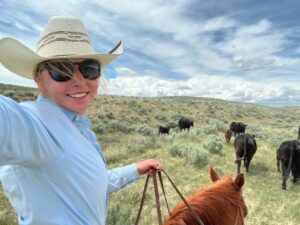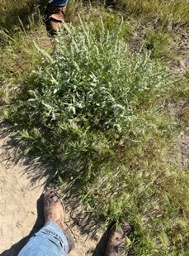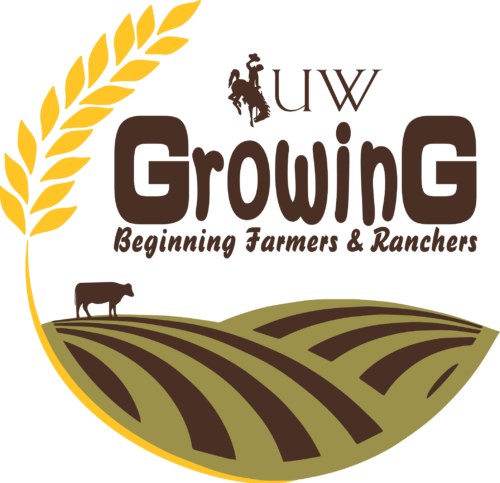Product of Overgrazing
#bfrdpwy #aginternship #RightRisk

My first week has been one full of riding, moving cows, irrigation, and learning about proper pasture management. The ranch I am at currently runs cows on BLM and forest service land and it is only horseback. This ranch rotates pastures every eight weeks, so we have gathered and moved cows on horses all week.
I have learned the importance of irrigation, as well as how pipe and pivot irrigations work. This week I was also able to see the harmful effects of overgrazing. Overgrazing allow for more opportunity for invasive species, such as cheatgrass, which holds little nutritional value. In addition to the lack of nutritional value, overgrazing leads to longer recovery time for the ground, effecting productive land. Overall, poor grazing leads to poor production.
Personally, I have not found any concepts that I would challenge specifically at this ranch; however, I would say that I wish more ranchers would focus on the importance of pasture rotations and take the time to learn about the harmful effects of overgrazing.

Coming into this internship, learning about pasture rotations was a big are of question for me. We have spent a lot of time in the pasture this week, which has allowed me to truly take the time to learn about the importance of pasture rotation, along with what plants are good and/or bad for the cows. There are a couple big questions I still have and those pertain to: the vaccine schedules, book work, and how to keep track of large herd sizes.
After this week, I really want to focus on having multiple pastures to rotate cattle on, especially in a fragile environment like this. It is crucial to take the time to plan as the land takes a lengthy amount of time to recover from overgrazing. I will also plan on implementing irrigation, saving money for pivots, and of course, a good, smooth horse to move cows on.
Submitted by: Chloe Henderson
Edits by: GrowinG Internship Team

